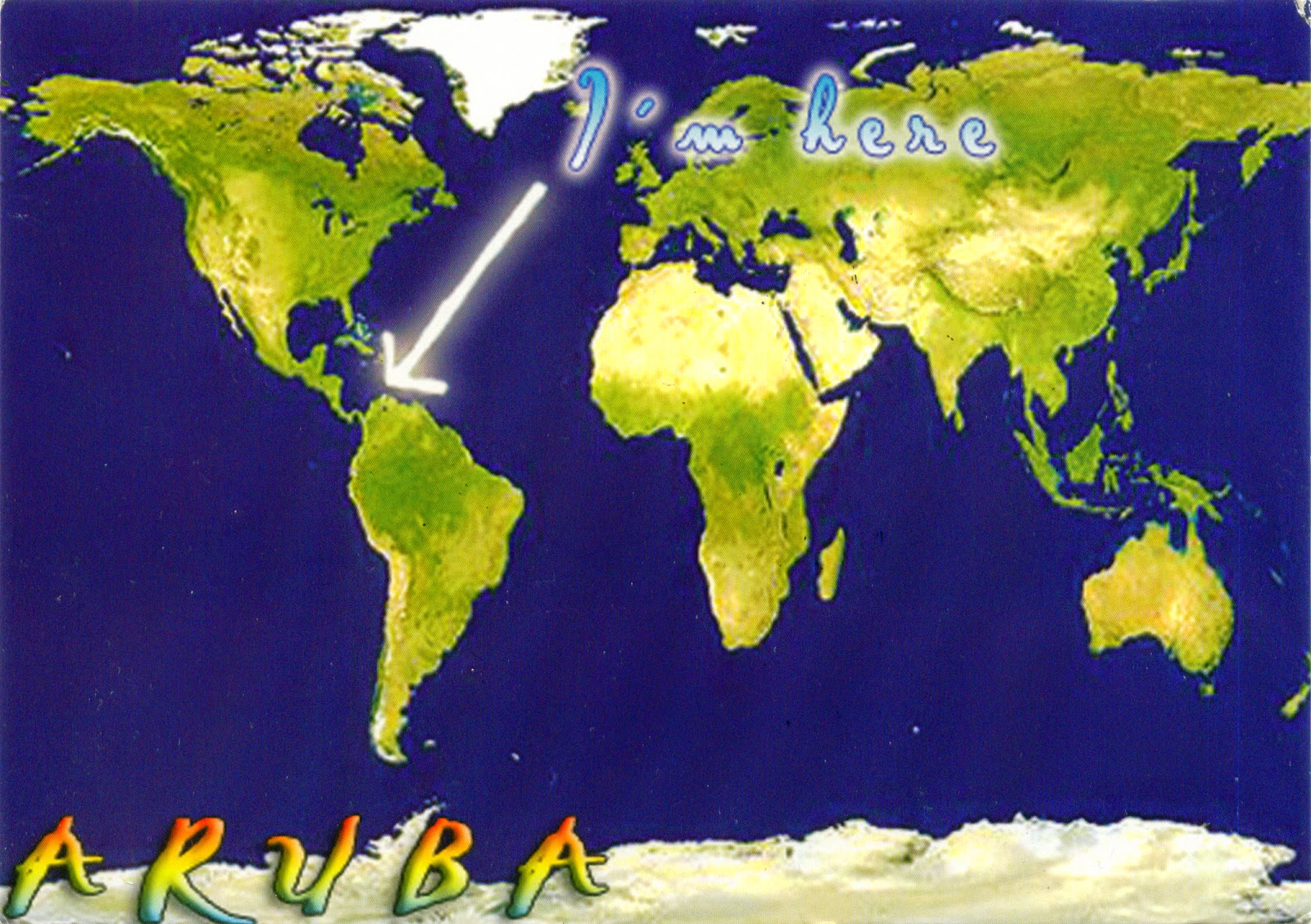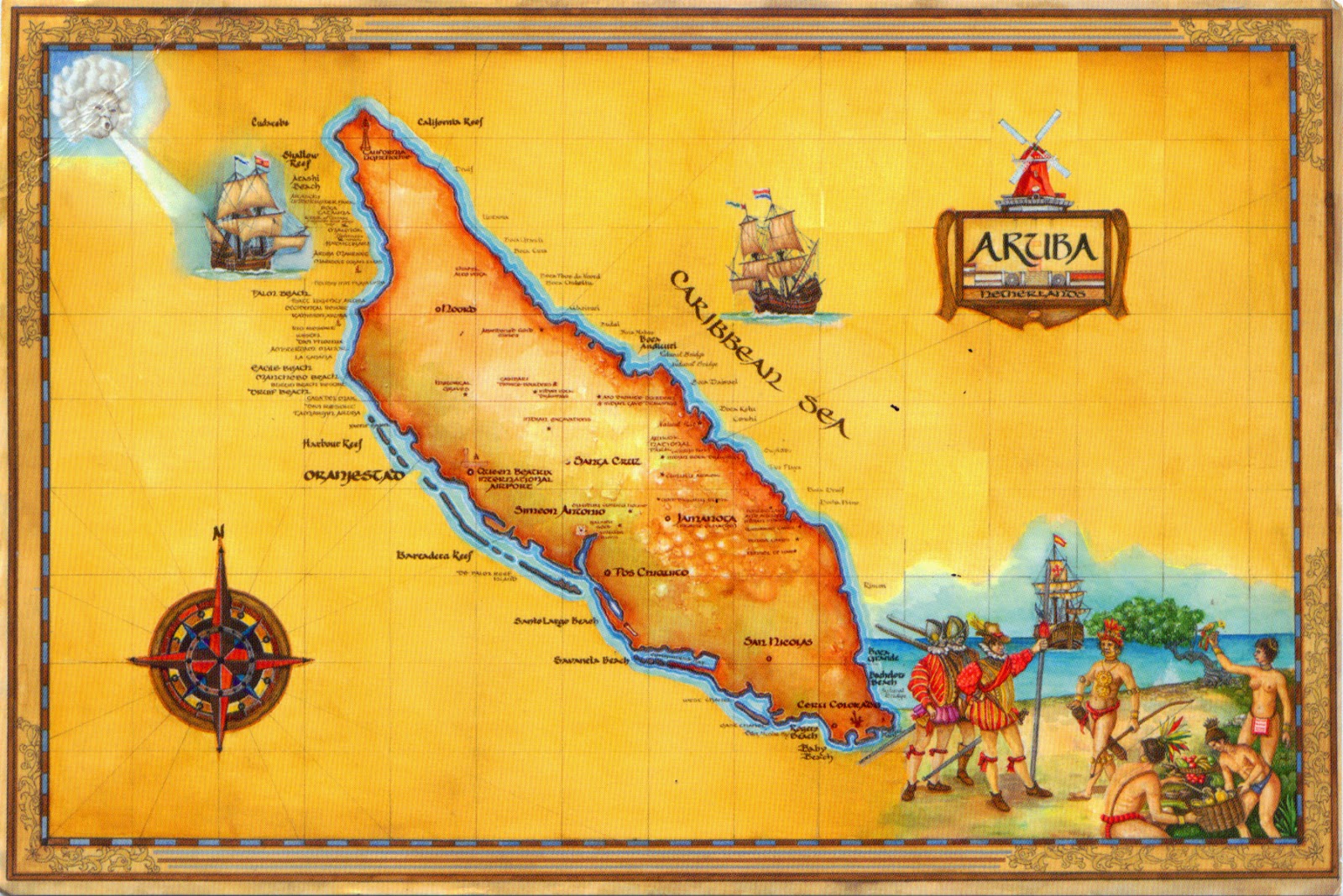Posted on 11.05.2013 and 23.09.2014This series of postcards, named
Patrimonio and depicting
Churches of Moldavia (listed by UNESCO as a World Heritage Site in 1993 and 2010), has for me and my collection a particular importance, and the reasons are very well founded. It hasn't yet appeared on the market, so I'm the first who had the joy of receiving it, through the courtesy of
Marius Vasiliu, author of the photographs, and of
Terra Design, the printing house in
Gura Humorului which issued them. I must say that the collaboration between Marius and Terra Design is already old, and this isn't the first very special achievement of this tandem, in previous years being edited numerous postcards (normal or folded), related primarily to the
Bukovina's traditions, and its cultural and artistic heritage, but also to the present of this historical region and its inhabitants. You can find some of them on the official website of the printing house,
here.
The Churches of Moldavia are eight
Orthodox churches built between 1487 and 1583, in a time when the increasing threat of the
Ottoman Empire and then pressures exerted by the
Protestant Reformation were an ongoing concern for the princes of
Moldavia,
boyars and the Orthodox Church. The architecture of these churches has been developed over the 15th century, in a cultural ambience marked by the influence of
Byzantium and
Serbia. In terms of the plan were adopted original solutions with a development trend in length, some
Gothic elements stressing the originality of this architecture that blends the Byzantine and Gothic traditions. The silhouette of the buildings, strongly individualized by the broken line of the roofs, contributes decisively to define specific aspect of this architecture. But the most distinctive element of these churchs are the external paintings, which cover all the facades, masterpieces of mural painting, with a consummate chromatism and a remarkable elegance of the figures. In addition, not fewer of the topics chosen for the paintings, mostly taken from the
Bible and the
Holy Scriptures, are encountered only here.
• PROBOTA (Church of St. Nicholas and the Catholicon of the Probota Monastery)Erected in 1530,
Probota Monastery served as the royal necropolis (1522-1677), here being the tombs of the
VoivodePetru Rareş (illegitimate son of
Ştefan cel Mare, and founder of the monastery) and
Ştefan Rareş (son of Petru Rareş), Lady Elena Rareş and other members of the princely family of Moldavia. Plundered in 1622 by thieves, was later restored by Voivode
Vasile Lupu, and in 1677 was dedicated to the
Church of the Holy Sepulchre in
Jerusalem.
Greeks monks who were installed there totally neglected the conservation of the ensemble. After
secularization of monastic estates (1863), the buildings have been degraded further, the cells and princely houses being consumed by fire in the early 20th century. It was restored in several stages, 1934-1937, 1986, 1992-2001, and in 1993 the monastery was re-established, as a nuns community. Recent restoration revealed, under a layer of newer painting, the original painting of great artistic value. The church's distinctive note is given by the vault painted, which remind of the vault of the
Sistine Chapel in the
Vatican.
• ARBORE (Church of the Beheading of St. John the Baptist)Erected in 1503, was the court chapel of
Luca Arbore,
pârcălab (
burgrave) of
Suceava, one of the great boyars of Ştefan cel Mare, beheaded in 1523 from the command of
Ştefăniţă Vodă. Being founded by a boyar, it has no towers, and was designed in a simple form, stunning through its great stylization, but in its construction can be observed some architectural innovation and a great equilibrium of proportions. Mural painting, executed in 1541 by Dragoş Coman from
Iaşi, is characterized by the exceptional durability of the blue pigment. Was preserved the tomb's ark of the monastery's founder, considered the most valuable funeral mark in Gothic style in Bukovina. Instead, the boyar's court completely crumbled over time, being destroyed by fire. The interior painting was severely damaged, but however can be seen clearly enough, and the exterior one, including scenes populated by many characters in constant motion, has a rare artistic value.
• MOLDOVIŢA (The Church of the Annunciation of the Moldoviţa Monastery)Built by Petru Rareş in 1532,
Moldoviţa Monastery is surrounded by walls and towers for defence, as a fortress, in that time being situated at the northern border of Moldavia. Between 1610 and 1612 was built
clişarniţa (the abbot's house), where were kept the treasures of the church, but also operated a school of copyists and miniaturists. Moldoviţa's frescoes were painted by Toma of Suceava in 1537. The predominantly yellow-and-blue paintings on its exterior represent recurring themes in Christian Orthodox art: a procession of saints leads up to the Virgin enthroned with the Child in her lap, the
Tree of Jesse, the
Siege of Constantinople, which commemorates the intervention of the Virgin in saving the city of
Constantinople from
Persian attack in A.D. 626.
The Last Judgment covers the entire surface of the west wall. Sister Maika, who has been living in the monastery for more than 50 years, says that it is "the holy scriptures in color". Moldoviţa and Humor are the last churches built with an open porch, a hidden place above the burial-vault, and with Gothic-style windows and doors.
• HUMOR (Church of the Assumption of the Virgin of the former Humor Monastery)Erected in 1530 by Petru Rareş and his chancellor Teodor Bubuiog,
Humor Monastery was one of the first of Moldavia's painted monasteries to be frescoed and, along with
Voroneţ, is the best preserved. The dominant colour of the frescoes, painted in 1535 by Toma of Suceava, is a reddish brown. The subjects of the frescoes, common to the painted monasteries of Bukovina, include the
Siege of Constantinople and the
Last Judgment. In 1641, Vasile Lupu surrounded the monastery with stone walls and built a massive tower with ground floor and three floors. In 1653 the
Cossacks looted and torched it, and in 18th century the church was converted into a parish church. The frescoes was restored in the years 1971-1972, as also the roof and the tower. In 1991 the monastic settlement was reactivated as a monastery for nuns.
• PĂTRĂUŢI (Church of the Holy Rood of Pătrăuţi)Buit in 1487, it's the first definite foundation of Ştefan cel Mare, and her reputation comes from the narthex wall painting with a topic rare: cavalcade Holy Cross. The monastery was abandoned repeatedly, being plundered by the Cossacks,
Tartars and then
Poles (in 1684). In the early 18th century it was repaired, and in 1711 was reestablished convent of nuns, but only for a few decades. It was closed in 1783 and the church was converted into a parish church, in this situation being even today. In 2003 have started restoration works, being brought to light some fragments of interior fresco of inestimable artistic and historical value. The church has exterior painting only on the west wall, representing the
Last Judgement. It was discovered in the 1980s and is considered the oldest exterior religious painting in Moldavia. In 1725 was built a wooden belfry, which exists today. In the churchyard there is a stone round table, also assigned by tradition of Ştefan cel Mare.
• VORONEŢ (Church of St George of the former Voroneţ Monastery)This monastery was built in less than four months in 1488 by Ștefan cel Mare, to commemorate the defeat of the Ottomans at
Podul Înalt (the High Bridge) in 1475, a battle described as "the greatest ever secured by the Cross against Islam," with casualties, according to
Venetian and Polish records, reaching beyond 40,000 on the Ottoman side. For this Ştefan was awarded the title "Athleta Christi" (Champion of Christ) by
Pope Sixtus IV. Often known as the "Sistine Chapel of the East", the frescoes at
Voroneţ, made in 1547, feature an intense shade of blue known in Romania as "Voroneţ blue". Another characteristic note is painters' rich creative imagination, who introduced folk elements in the composition. Inside the church hold the attention the pews and the armchair from the 16th century (including a royal armchair, a true masterpiece of wood sculpture), the tomb of Bishop Grigore Roşca, in the porch, and the tomb of
Daniil the Hermit, in the narthex. Monastic life was interrupted in 1785 and resumed in 1991 as a nuns community.
• SUCEVIŢA (Church of the Resurrection Suceviţa Monastery)Built in 1585 by
Ieremia Movilă, Gheorghe Movilă and
Simion Movilă and painted in exterior around 1601,
Suceviţa was not only a fortified monastery, but as well a princely residence, surrounded by high (6m), and wide (3m) walls, and guarded at the corners by four towers. The thick walls today shelter a museum that presents an outstanding collection of historical and art objects. The tombs of Ieremia and Simion Movilă - rich portraits embroidered in silver thread - together with ecclesiastical silverware, books and illuminated manuscripts, offer an eloquent testimony to Suceviţa's importance first as a manuscript workshop, then as a printing center. Is the only church of the eight which was inscribed on the UNESCO list in 2010. Like to the others, exterior and interior mural paintings is of great artistic value, being a comprehensive biblical narrative of the Old and New Testaments.
• SUCEAVA (Church of St. George of the Saint John the New Monastery)The present church of the monastery was started in 1514 by the son of Ştefan cel Mare,
Bogdan Chiorul, and finished by Ştefăniţă Vodă in 1522. It was intended to be the new headquarters of the Metropolitan Church of Moldavia and was painted both inside and outside between 1532-1534, during the reign of Petru Rareş, the iconography being characteristic to the monuments builded during this period. In 1589 they were brought relics of
St. John the New of the old metropolitan. The iconostasis dates from 1796 and belongs to Moldavian
Baroque style, remarking from the impressive sizes, ornamental and chromatic richness. The frescoes are the work of Moldavian craftsmen from the time of Petru Rareş.
Read more »







































































